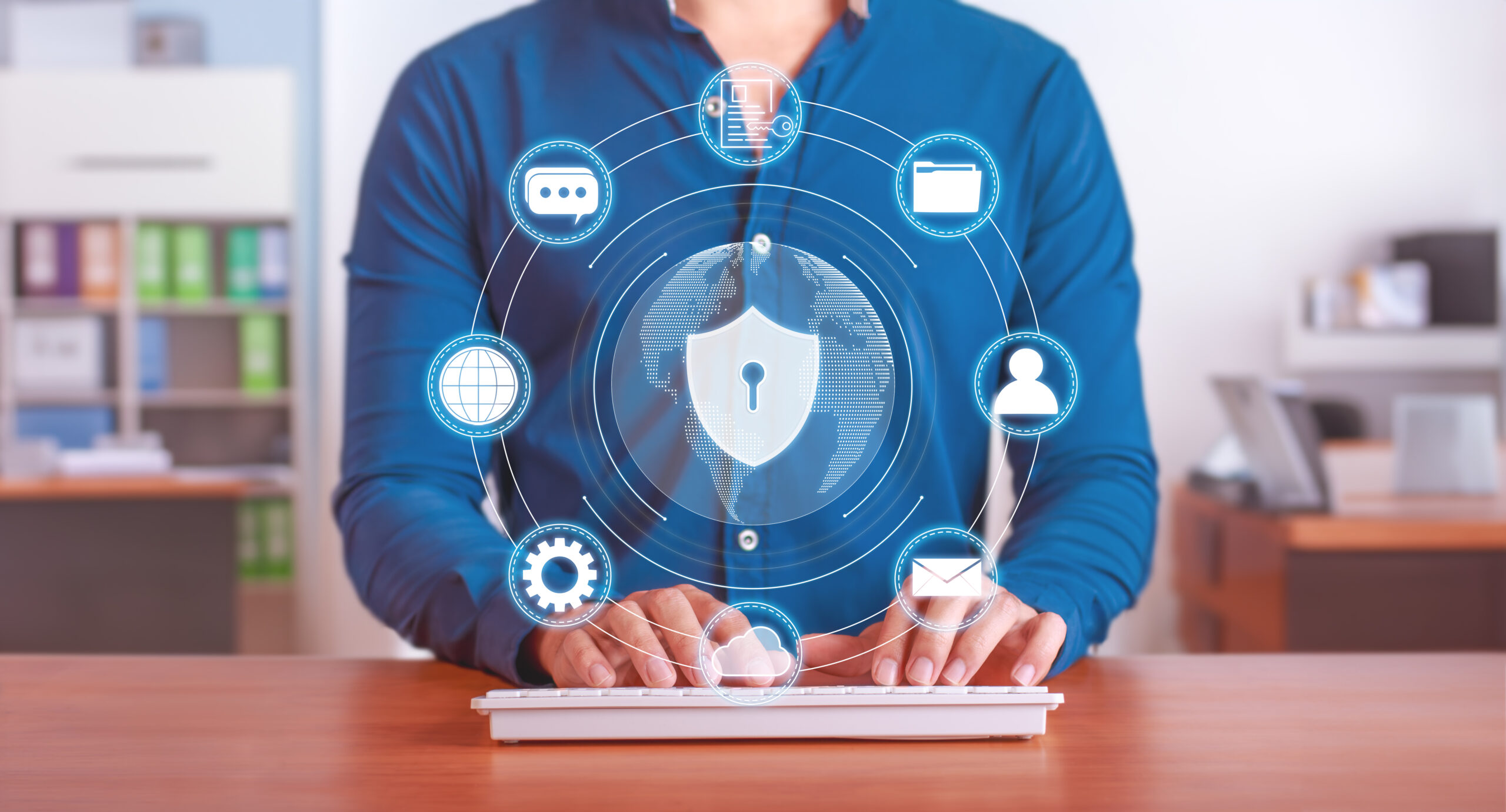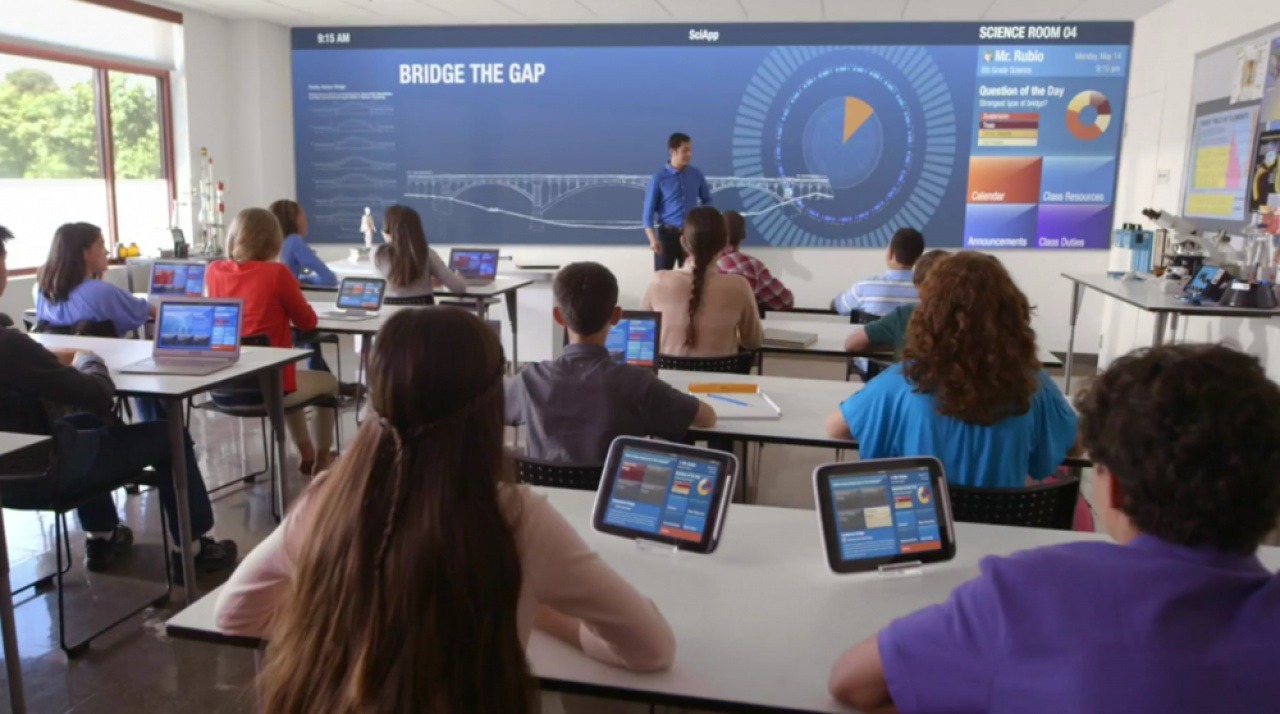Why the E-Rate Cybersecurity Pilot Program Matters to Your School

Table of Contents
What is the Cybersecurity Pilot Program?
Who is eligible and what’s covered?
Why This Pilot Program Matters for Schools and Libraries
How to Apply for the Cybersecurity Pilot Program
Top Cybersecurity Challenges Schools Face
How School Leaders Can Prepare Right Now
Learn how K12itc can be your all in one platform
What is the Cybersecurity Pilot Program?
The three-year Pilot Program, administered by the Universal Service Administrative Company (USAC) under the oversight of the FCC, is a new initiative that aims to help schools and libraries strengthen their defenses against rising digital threats. Cyberattacks are happening more often and are getting more complex.
The Federal Communications Commission (FCC) started this program to protect sensitive educational data. It aims to keep learning environments safe.
As part of the E-Rate enhancement initiative, this pilot program provides special E-Rate funding for cybersecurity services and equipment. This funding is separate from the usual Category One and Category Two budgets. The goal? To explore scalable, sustainable ways to support cybersecurity for K-12 schools and public libraries using federal funding streams.
This initiative is not just a test run. This is a key step toward strengthening the future of digital learning. Strong cybersecurity is now a must-have for staying strong and safe.

Who is Eligible and What’s Covered?
The FCC outlined clear guidelines for participation in the schools and libraries cybersecurity pilot program. Here’s what you need to know:
Eligibility:
- Public and non-profit K–12 schools
- Consortia including multiple schools/districts
- Public libraries and library systems
- Must already be eligible for E-Rate participation
What’s Covered:
- Advanced firewalls
- Endpoint detection & response (EDR)
- Security information and event management (SIEM)
- Network monitoring tools
- Cybersecurity audits and risk assessments
For the full list of services included visit here.
Funds from the E-Rate cybersecurity pilot program do not change your current E-Rate budgets. Your E-Rate Category 1 and Category 2 budgets remain the same. It’s an extra layer of support that gives IT leaders more space to innovate.

Why This Pilot Program Matters for Schools and Libraries
From ransomware attacks to phishing scams, schools have become prime targets for cybercriminals. Breaches can lead to instructional downtime and huge financial losses.
The Cybersecurity Pilot Program steps in where traditional E-Rate funding leaves off. The standard E-Rate program helps with internet access and networking equipment. This pilot highlights cybersecurity tools and services that usually don’t qualify for E-Rate support.
For superintendents and IT directors, this program gives a unique chance to test real solutions. You can also help shape future policy while protecting your schools today.

How to Apply for the Cybersecurity Pilot Program
If your school or library is interested in participating in the FCC’s Cybersecurity Pilot Program, it’s important to start preparing now. The process is straightforward—especially if you’re familiar with E-Rate—but it does require thoughtful planning.
Steps to Participate:
1. Submit FCC Form 484, Part 1
2. This form signals your interest in the pilot and outlines your cybersecurity needs and current capabilities.
3. Collaborate with USAC
4. USAC will help guide you through the process and ensure all requirements are met.
5. Develop a Cybersecurity Plan
6. Your plan should include:
- A current state assessment
- Goals and expected outcomes
- A clear implementation strategy
7. Track and Report
8. Participants must be ready to monitor how funds are used and report on spending, impact, and effectiveness.
The initial application window has closed, and selected participants were announced in January 2025. Those accepted must now complete FCC Form 484, Part 2, by September 15, 2025, to provide more detailed information and finalize participation.
The pilot program is competitive and limited, so it’s critical to stay ahead of deadlines and remain engaged throughout the process. Sharing results and insights will also help shape future decisions about cybersecurity funding for schools and libraries.

Top Cybersecurity Challenges Schools Face
Schools and libraries are facing an uphill battle with cybersecurity. Many are underfunded, understaffed, and unprepared for the level of threats they face daily. Common issues include:
- Phishing attacks targeting staff emails
- Ransomware locking down student data and devices
- Weak password practices across staff and student accounts
- Outdated security infrastructure unable to detect modern threats
These challenges are why dedicated funding for cybersecurity is more important than ever. The FCC pilot provides a rare opportunity to bring modern defenses into aging systems with zero financial risk.

How School Leaders Can Prepare Right Now
Here’s how superintendents, CIOs, and IT directors can get ahead:
- Audit your current cybersecurity posture: Know your gaps before applying.
- Build cross-functional support: Get buy-in from leadership and finance teams.
- Choose experienced vendors: Look for providers already working with E-Rate or education-focused security.
- Document your needs: This will strengthen your application and implementation strategy.
- Stay informed: Follow FCC updates and join USAC’s pilot program webinars.
Pro tip: Start a cybersecurity committee within your district to keep stakeholders aligned and accountable throughout the process.

FAQs About the E-Rate Cybersecurity Program
1. Is this pilot part of the traditional E-Rate program?
No, it’s a separate pilot program, although USAC, the same group behind E-Rate, administers it.
2. Can we still apply if we already receive E-Rate funding?
Yes! In fact, E-Rate eligibility is required to apply for the pilot.
3. What kind of services can we purchase?
Eligible services include security software, threat detection, network monitoring, and more — anything that directly protects your data and infrastructure.
4. Is this a one-time opportunity?
Yes for now. But your participation could help shape future long-term funding models.
5. Will we need to report results?
Absolutely. Schools must share data on their use of funds and the impact those funds have had on cybersecurity.

Why This Moment Matters for K–12 Cybersecurity
The FCC Schools and Libraries Cybersecurity Pilot Program is not just a way to get funding. It’s a smart move to create safe digital learning spaces. For school leaders, it offers a powerful chance to modernize infrastructure, protect your community, and help shape national policy.
If your district has ever struggled with cybersecurity or wished E-Rate covered more, now’s your chance. Get your plan in place, rally your team, and prepare to apply. K12itc is here to support you with cybersecurity solutions tailored specifically for K–12 schools.
